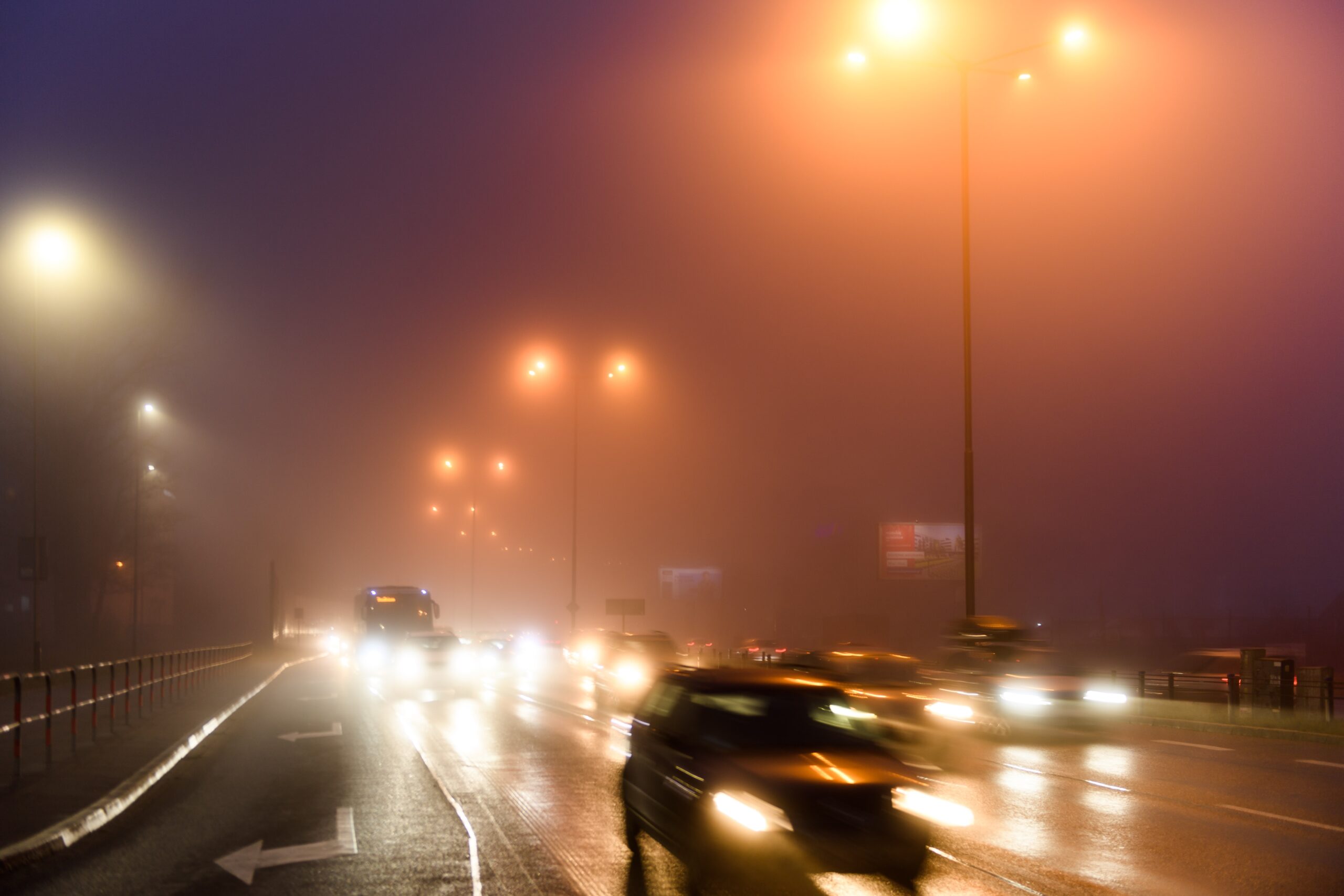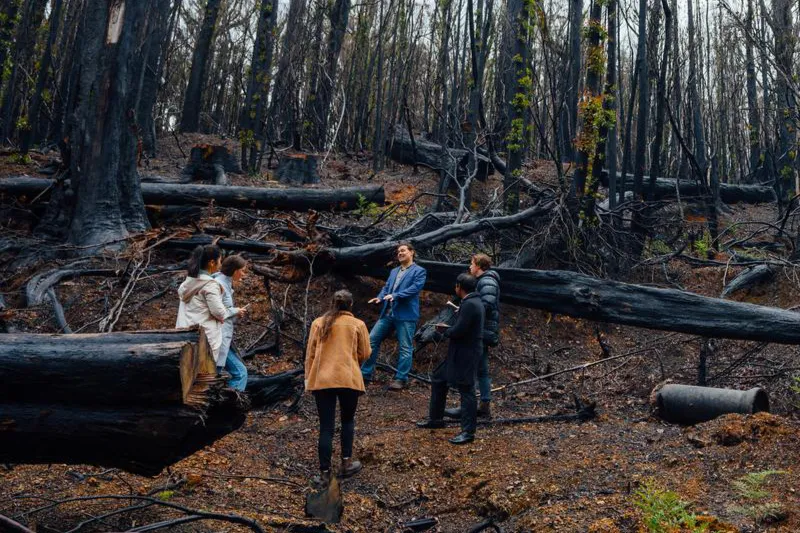Everybody benefits from clean, safe air.
The Centre for Safe Air is a NHMRC Centre of Research Excellence led by Professor Fay Johnston at the Menzies Institute for Medical Research, University of Tasmania.
We bring together researchers from around Australia with a focus on air quality and health.
Our vision is for a healthier community through cleaner air, underpinned by evidence-informed policy and practice.

What are the issues?
We inhale 11,000 litres of air every day on average. That’s nearly eight litres every minute and more than 300 million litres over a lifetime.
Even small amounts of pollution in air can have a major impact on our health over time.
With 99% of the world’s population exposed to unsafe air, air pollution represents the single greatest environmental cause of preventable disease and premature death in the world today
The Centre for Safe Air supports evidence-based action to ensure all Australians can enjoy the benefits of safer air.
Our focus areas
The Centre for Safe Air has identified three priority areas for air quality and health in Australia.

Buildings for safer air
Whether homes or workplaces, buildings play an important role in influencing the quality of the air we breathe. Design features such as ventilation and sealing can provide respite from indoor and outdoor air hazards respectively. The location of buildings in relation to sources of air pollution (roads and industry) can also influence exposure. Wood heaters are also an important source of air pollution impacting their owners as well as the wider community.

Transport for safer air
The transport system is a major contributor to air pollution and pollution-related disease and mortality. However, Australia lags behind comparable nations regarding strategies to reduce transport emissions, limit exposure, and plan for susceptible populations. Cleaner modes of transport such, as active and public transport, also have important co-benefits such as increasing physical activity and reducing greenhouse gas emissions.

Climate change and safer air
Airborne hazards are worsening as a result of climate change. Climate mitigation and adaptation actions need to help Australia mitigate and adapt to air pollution from sources such as bushfires, planned burns and other airborne hazards associate with extreme weather events such as dust storms, mold, airborne allergens, airborne infectious and zoonotic diseases. Policy responses such as energy and fuel transitions need to consider the overall impacts on health and air quality.
Our Work
The Centre for Safe Air works to improve air quality and health in Australia through four main activities:

Communication
We develop tools and resources to inform policy and practice.

Training
We foster and train the next generation of air quality scientists.

Data sharing
We develop and share novel research datasets with our partners.

Collaboration
We engage with strategic partners to maximise our impact.